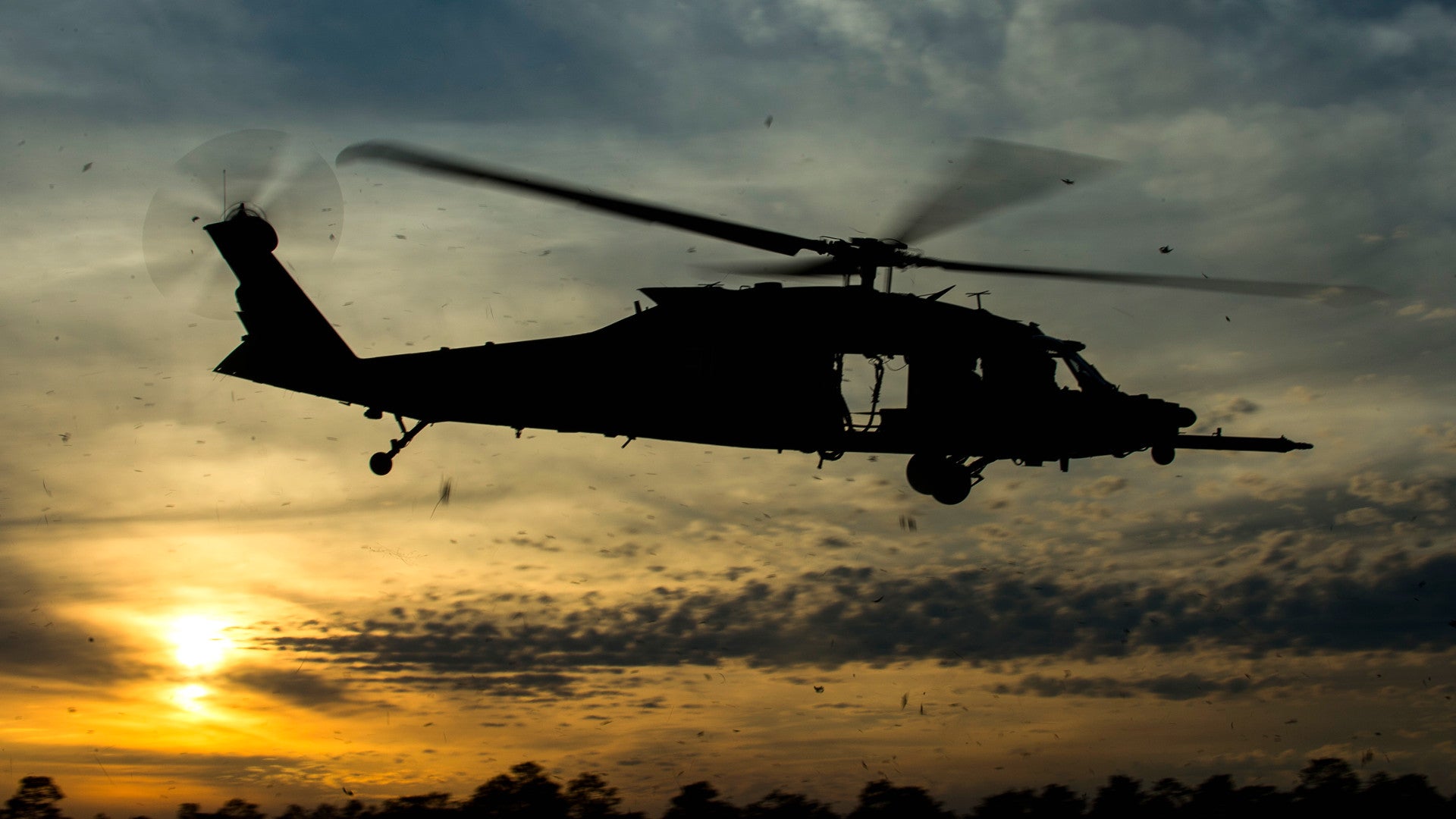A member of the U.S.-led coalition fighting ISIS terrorists in Iraq and Syria has died and multiple other individuals on board were injured when their helicopter crashed in Iraq over the weekend, reportedly as the aircraft was heading back to base after a special operations raid. Details surrounding the incident remain limited, but this is the second fatal aviation mishap in Iraq in less than six months and the most recent in a worrisome string of such accidents across the U.S. military that have already killed more than two dozen aviators and other personnel in 2018.
The latest crash in Iraq occurred on Aug. 19, 2018, according to an official statement from Combined Joint Task Force-Operation Inherent Resolve (CJTF-OIR), the coalition command overseeing the campaign against ISIS in the region. Friendly forces quickly recovered all of the individuals and subsequently transported three of them to an unknown location for further medical treatment. The press released added that there was no indication that hostile fire had brought down the aircraft and that the mishap was under investigation.
On Aug. 20, 2018, Major Josh Jakes, a spokesperson for U.S. Central Command, which oversees all U.S. military operations in the Middle East, told The War Zone via telephone that there was no additional releasable information concerning the incident, including what type of aircraft was involved, including whether it was a fixed-wing type or a helicopter. U.S. Army Colonel Sean Ryan, the main spokesperson for CJTF-OIR, did refer it as a “helicopter” in a Tweet earlier that day.
“Our heartfelt condolence to the family of @CJTFOIR service member who died in a helicopter crash in #Iraq last night,” Ryan wrote. “While the incident was not a result of enemy fire, it further demonstrates the sacrifices of #Coalition service members & and the danger they face everyday [sic].”
A separate report from Newsweek, citing unnamed U.S. officials, said that the aircraft in question was a U.S. Army MH-60 Black Hawk special operations helicopter from the 160th Special Operations Aviation Regiment. It was reportedly returning from a counterterrorism mission somewhere in Iraq or Syria that coalition personnel had conducted with local partner forces.
There were 10 U.S. military personnel, including the crew, on the MH-60 when it crashed, according to Newsweek, but there is no indication the helicopter was actually carrying any other coalition or partner forces. After the personnel recovery effort, U.S. officials deemed two of the individuals involved in the crash as “continuing mission,” meaning they had at most light injuries that would not preclude them from immediately returning to duty.
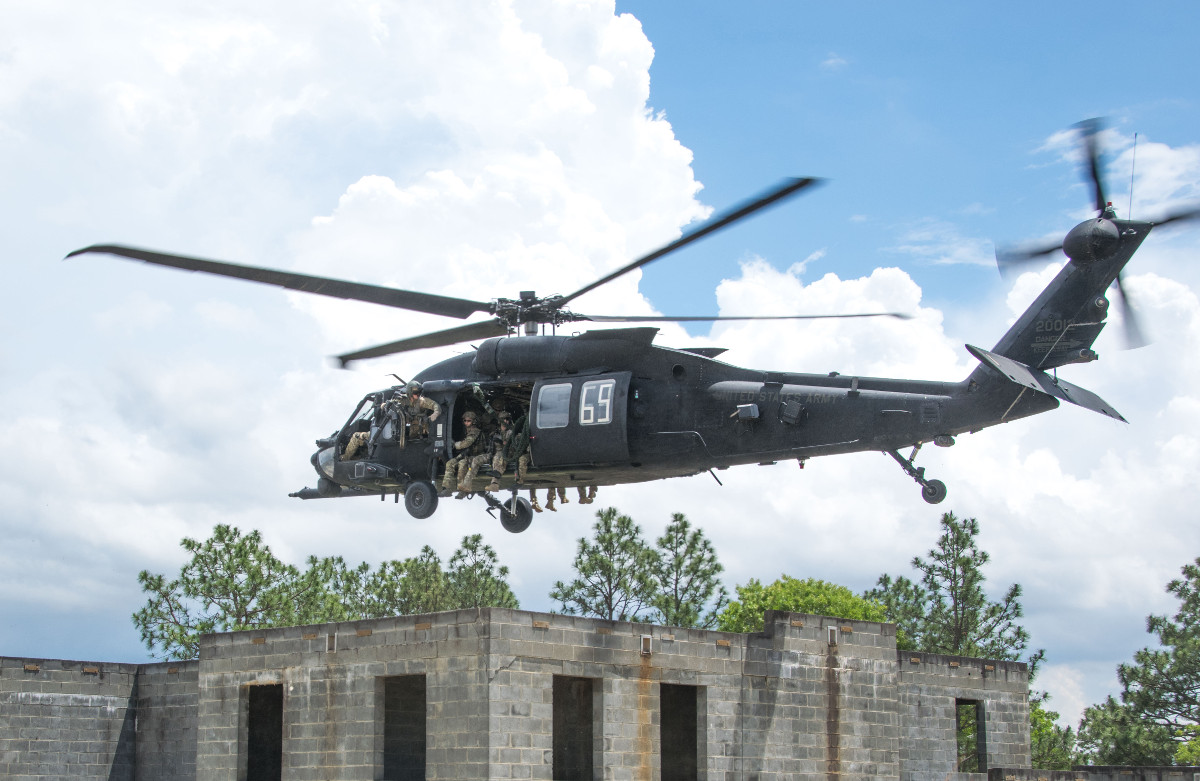
Since May 2018, CJTF-OIR has been working with local Syrian forces under the umbrella of the Syrian Democratic Forces (SDF) to isolate and eliminate a pocket of ISIS terrorists along the Iraq-Syria border. This has involved working with the SDF inside Syria on the ground and conducting coordinated air strikes, as well as the establishment of artillery firebases in Iraq to provide additional support.
“The ISIS problem is far from over and there’s still a lot of work to be done, both militarily and on civilization [sic] stabilization efforts in both countries,” Colonel Ryan told reporters on Aug. 14, 2018. “Make no mistake: The coalition is not talking victory or taking our foot off the gas in working with our partners.”
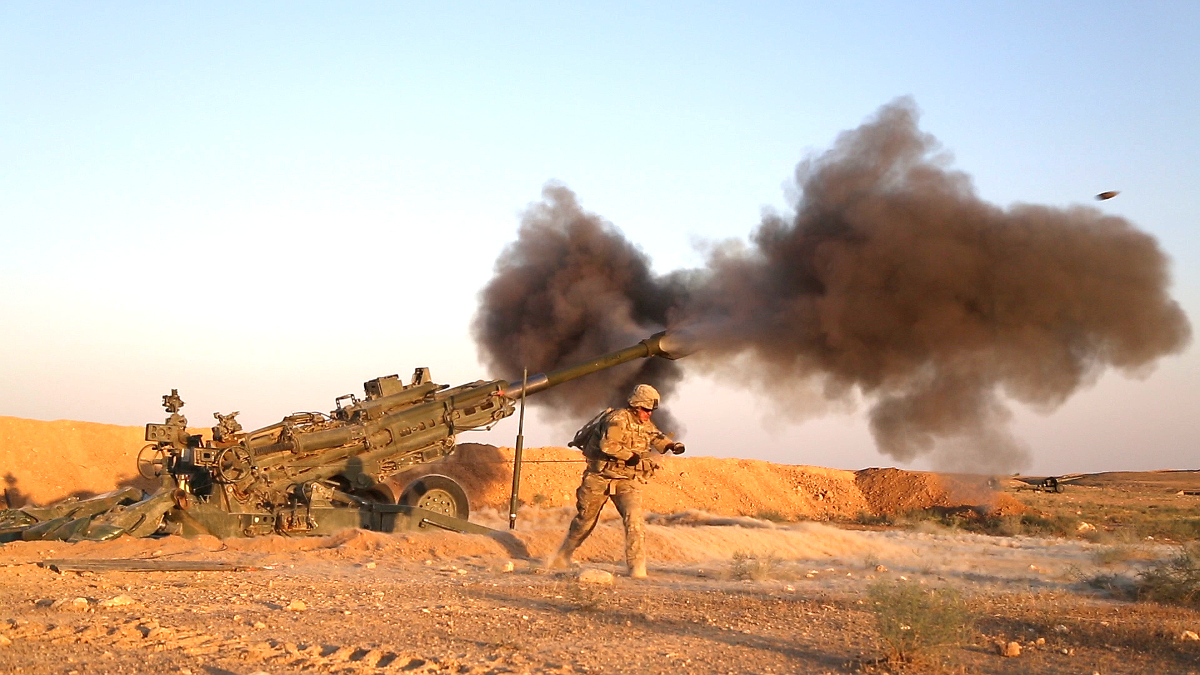
The U.S.-coalition and its partners in Syria were heavily involved in operations along the border before May 2018, though, and this is the second helicopter accident to occur in the area. In March 2018, a U.S. Air Force HH-60G Pave Hawk rescue helicopter crashed near Al Qaim, situated right on the Iraqi-Syrian border, killing all seven individuals on the aircraft.
The Air Force has not publicly disclosed the exact reasons for that crash, but the Pave Hawk fleet has been in an increasingly poor state in recent years. On Aug. 16, 2018, the Government Accountability Office released a report stating that between 2013 and 2018, the average number of flight hours on each of the service’s nearly 100 HH-60Gs had increased by some 20 percent.
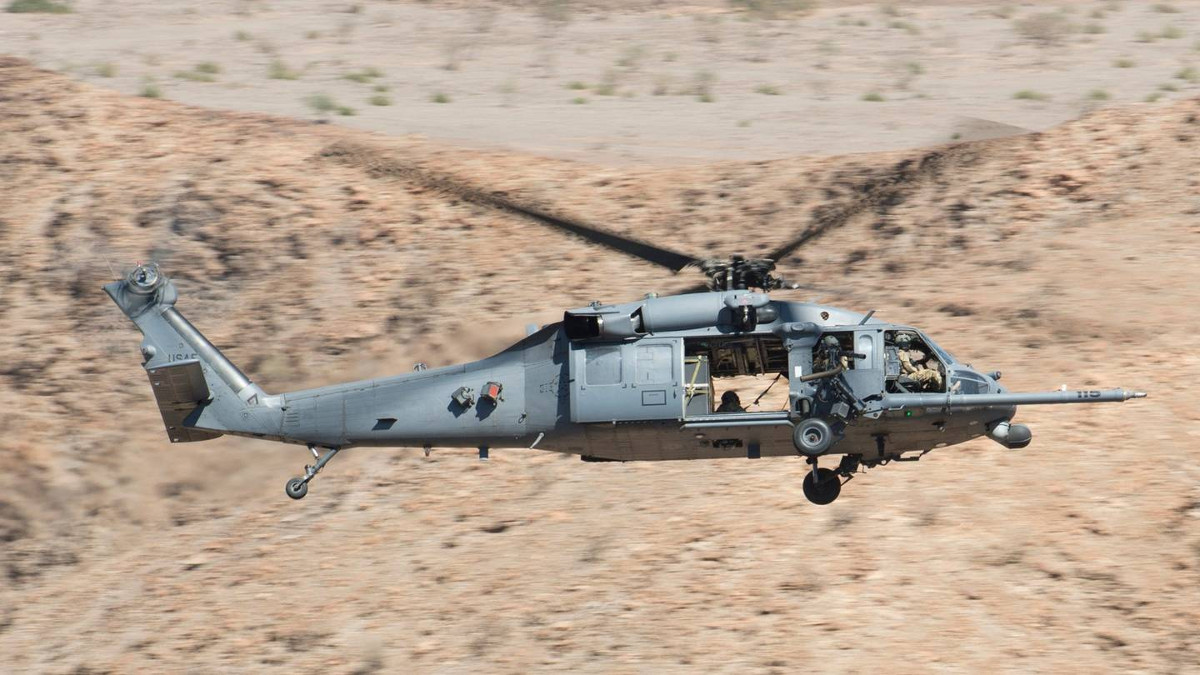
The helicopter’s original service life was around 6,000 flight hours, but the average flight time on each airframe across the entire fleet at present is more than 7,100 hours. Some training aircraft had logged more than 10,000 flight hours. During the 2017 fiscal year, less than 70 percent of the Pave Hawks were airworthy at any one time with the most common maintenance issues having to do with the airframes, turboshaft engines, and flight controls – all particularly essential components of the aircraft.
There is far less granular information available on the state of the Army’s special operations MH-60s, but, in August 2017, another one of the 160th’s Black Hawks crashed during a training mission off the coast of Yemen. That mishap killed one of the crew, but U.S. forces rescued the other five personnel on board.
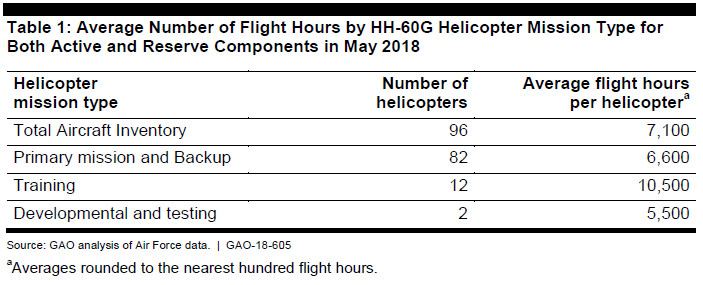
The U.S. military’s special operations community, including units such as the 160th, has been heavily engaged for years supporting campaigns against terrorists across the world and there are increasing concerns about the readiness of America’s elite units. At the same time, there has been a serious spike in aviation accidents across the U.S. military.
In the defense spending bill for the 2019 fiscal year, which President Donald Trump signed into law earlier in August 2018, Congress included a provision demanding a military aviation readiness review across the services. The report, which legislators want in their hands no later than this time next year, must include a detailed analysis of aircrew training requirements, how aviators get promoted and advance in their careers, the impact of significant operational demands on readiness, and whether aviation units are properly structured and manned to meet those demands.
It will be interesting to see that report’s findings given that the top leadership at the Pentagon and officials from the different service branches had repeatedly insisted there is no “crisis” in U.S. military aviation. Regardless, with this latest accident in Iraq, 2018 only continues to be a particularly deadly year for American military aviation communities.
Update: 8/21/2018 —
The U.S. military has identified the individual who died in the crash as U.S. Army Chief Warrant Officer 3 Taylor J. Galvin, who was assigned to the 1st Battalion, 160th Special Operation Aviation Regiment based at Fort Campbell, Kentucky. He was on his ninth deployment since joining the Army in 2003.
We will update the story as more information becomes available.
Contact the author: jtrevithickpr@gmail.com
